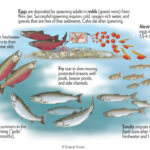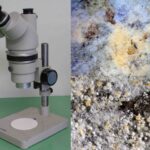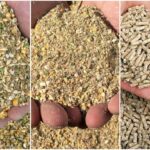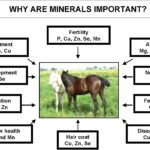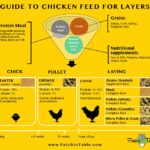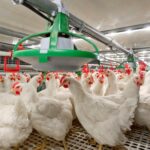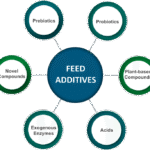Basement membrane
The basement membrane is a thin, dense layer of extracellular matrix that lies between the epidermal cells and the underlying tissues of arachnids, as well as in other animals. It serves as a structural and functional interface that plays a critical role in supporting the epidermal layer and maintaining the integrity of the exoskeleton. Structure…

